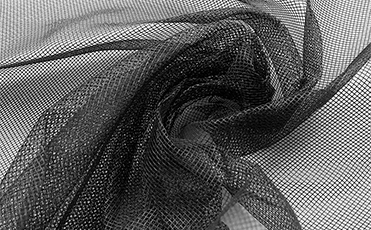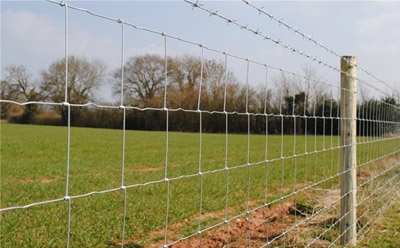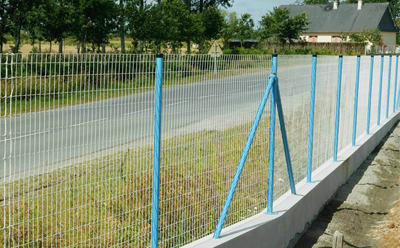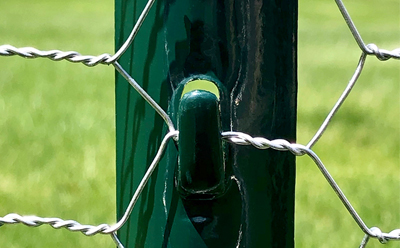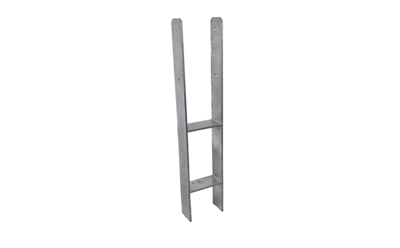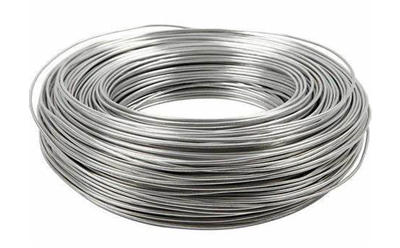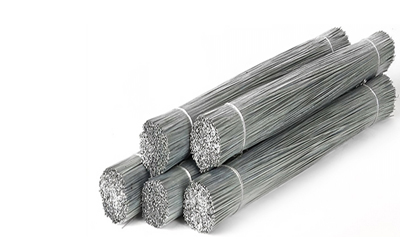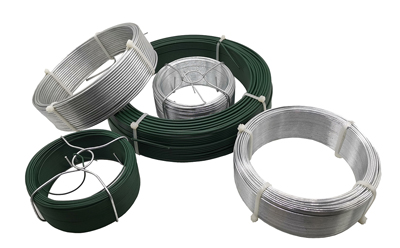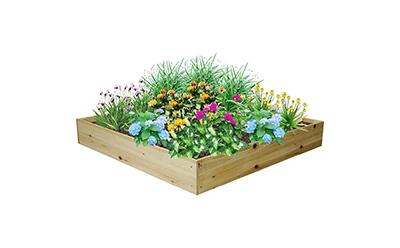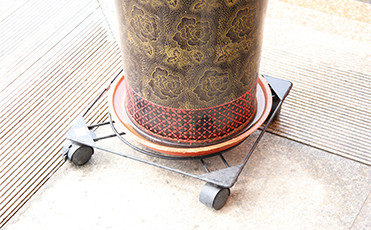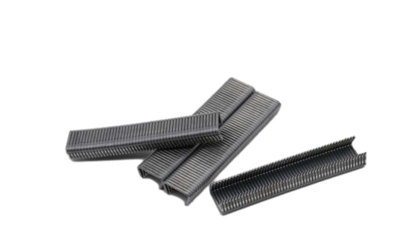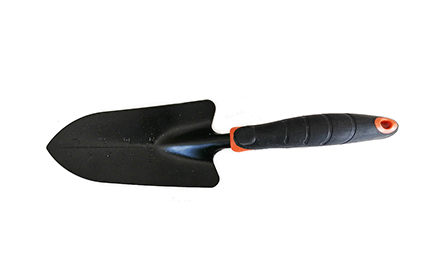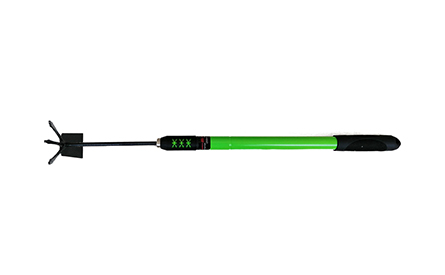Essential Components for Chain Link Fences and Gates You Need for Perfect Installation
Jul . 27, 2024 14:03Chain link fences are a popular choice for residential, commercial, and industrial properties due to their durability, affordability, and versatility. They provide security while allowing for visibility, making them ideal for various applications—from enclosing backyards and gardens to securing industrial sites. Understanding the parts of a chain link fence and gate is essential for anyone looking to install or maintain these structures.
Components of a Chain Link Fence
1. Chain Link Fabric The primary component of a chain link fence is the fabric itself, made of galvanized steel wire woven into a diamond pattern. The gauge of the wire can vary, with heavier gauges providing greater strength and security. The size of the diamond openings can also differ, ranging from 1 inch to 2.5 inches, depending on the required level of visibility and security.
2. Posts Chain link fences are supported by posts, which are typically made of galvanized steel or aluminum. There are three main types of posts terminal posts (which support the ends and corners of the fence), line posts (which are placed between terminal posts for extra support), and gate posts (which support the gate itself). The posts are usually set in concrete to ensure stability.
3. Top Rail This horizontal piece runs along the top of the fence and connects the posts. It helps to keep the fence fabric taut and adds to the overall strength of the structure. In some cases, chain link fences may not have a top rail, particularly if a more economical option is desired.
4. Tension Bands These are metal bands that attach the chain link fabric to the terminal posts. Tension bands provide the necessary support for the fabric, ensuring it remains secured and taut.
5. Tension Wire Typically found at the bottom and sometimes the top of the fence, tension wire helps to maintain the alignment of the chain link fabric and adds structural integrity. It is usually placed horizontally and is anchored to the posts.
6. Gates Gates are a critical component of chain link fencing, allowing entry and exit while maintaining the enclosure's security. There are several types of gates available, including swinging gates, sliding gates, and double gates. The choice of gate largely depends on the space available and the intended use.
chain link fence and gate parts

Understanding Chain Link Gate Parts
A gate consists of various parts that work together to ensure functionality and security
1. Gate Frame The frame is typically constructed from tubular steel or aluminum and provides the structure for the gate. It can be a single or double frame, depending on whether the gate will swing open or be a sliding mechanism.
2. Hinges Hinges allow the gate to swing open and closed. Heavy-duty hinges are advisable for larger gates to withstand constant use and weather conditions.
3. Latch A secure latch mechanism is crucial for keeping the gate closed. There are different types of latches available, including slide bolts, spring-loaded latches, and key-operated locks.
4. Gate Stops These are installed to prevent the gate from swinging too far and damaging the fence or gate itself. Stops also help in keeping the gate aligned.
Conclusion
Chain link fences and gates are practical and economical solutions for securing properties while maintaining visibility. Understanding the various parts of a chain link fence and gate helps in making informed decisions during installation and maintenance. Whether for a home, business, or industrial site, the right fence and gate can enhance security and functionality, proving that these simple structures can fulfill substantial roles in property management.
Copyright © 2025 Hebei Minmetals Co., Ltd. All Rights Reserved. Sitemap | Privacy Policy





